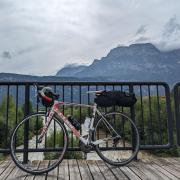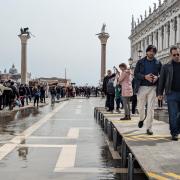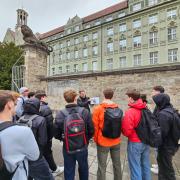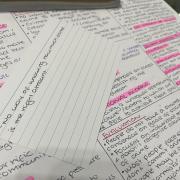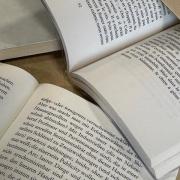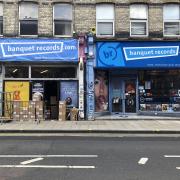
On the 23rd of March, Boris Johnson decreed that, amidst the growing national panic, Britons should stay at home and that huge numbers of businesses should close.
Supermarkets were, in a collective frenzy, raided. In a matter of days, trains went from uncomfortably crowded to all but deserted. Cafes, restaurants and bars, shut their doors.
The effect on the economy and our lives was unmistakable. Our days became centred around all sorts of new and wacky hobbies - sourdough, whipped coffee, and yoga, to name a few, held us in their grip. As long as, of course, we weren’t passing the days in virtual school or on ‘Zoom’.
The surge in free time, for some, came as a blessing, It was a chance to read, catch up on DIY or develop a new passion. For others, it was symptomatic of a more severe ailment - unemployment. Across the UK, nine million workers were furloughed, and there was a 107% increase in unemployment benefit claims. In London the numbers were still more grim: by July unemployment had risen by 146%, and job vacancies were down by 46%.
TFL, too, reported a 90% decrease in fare income, and had to receive a £1.6 billion government bailout, simply because, as they said, ‘Londoners have done the right thing and stayed at home’. With the tube alone carrying almost five million passengers a day before lockdown, the rapid switch to home working and general lockdown had significant impacts for the system, as it did for the businesses that were closed.
Forced to stop serving for over three months, lockdown felt like a long time to the country’s cafes, restaurants and pubs. Some were able to innovate, but others had to make redundancies. When they were allowed to reopen on the 4th of July, despite the restrictions, it came as a relief.
According to Google mobility data, the number of people in the city centre was down by 77% at the height of London. However, in the suburbs, some aspects look a little less dire.
After the restrictions began to be lifted, ‘The Big Friendly Coffee’ cafe in Barking Park was able to gradually reopen. Situated in zone 4, and frequented by families and would-be-commuters alike, it was perfectly placed.
Marina, who owns the local cafe reflected on her experiences during lockdown. Initially, it was shut, along with most of London. Eventually, as summer began to brighten suburbia and its local parks, it was able to open for takeaway.
The park had become a refuge for runners, walkers, and those just looking for some fresh air. With a lake, play-area and extensive playing fields, the cafe just added to its charm. To the restless commuters of East London, the cafe’s open doors were a welcome return to normality.
The cafe was busy during the summer. This was helped by the eat out to help out scheme, which offered customers government sponsored half-price food and drink three days a week, along with the introduction of affordable (and tasty!) Italian pizza. Customers could soak up the sun, and children could play in the play area, all while eating an ice cream, pizza, or drinking a cup of coffee. With the combination of factors, Marina said that custom had increased from the previous year and business blossomed. Already a local gem, the cafe came into its element.
Now, however, the temperatures are dropping, and another formal lockdown seems ever more imminent. The future of the city feels uncertain. Trains seem likely to continue half full, restaurants half booked, and the usually bustling streets only half back to normality. However, we can cherish our local businesses - the atmosphere, the coffee, and the role they play in the community.









